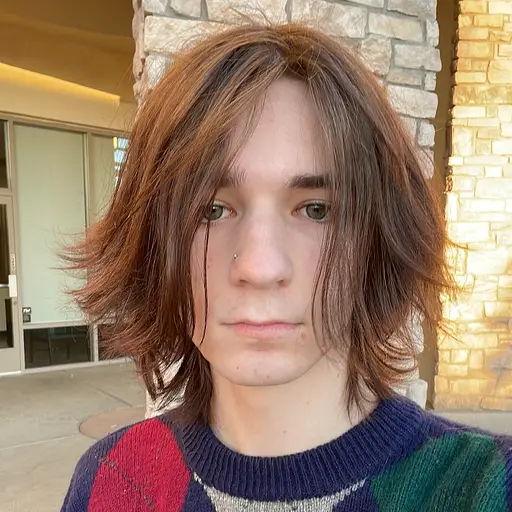Imagine this; it is a rainy August night and you, your friends and approximately 400,000 others are waiting for Credence Clearwater Revival to take the stage after a monumental performance by the Grateful Dead. You wait in anticipation as music history is made all around you. It is Aug. 18, 1969, and you are attending The Woodstock Music and Art Fair in Bethel, New York.
Woodstock is considered one of, if not the most influential music festival in history. It brought together hundreds of thousands of people as well as dozens of legendary rock artists — including but not limited to acts such as Jimi Hendrix, The Who and Janis Joplin — all performing under the message of peace and love. And while the festival did have its fair share of issues regarding weather, sound and traffic, it is still looked back upon rather fondly. It brought the best artists of the era together to celebrate peace, anti-war messaging and self-exploration, issues that became particularly relevant in the wake of the Vietnam War.
Given Woodstock’s monumental success, many subsequent music festivals popped up over the decades, all with the hopes of holding a candle to the Woodstock experience.
When considering Woodstock and the psychedelic rock that flooded its stages, one can’t help but associate it with Burning Man, an annual festival that takes place in the desert heat of the West Coast. The first Burning Man festival was held in 1986 at Baker Beach, San Francisco, California. The festival started out as a somewhat impromptu experience; the artists responsible for coordinating the event did so in a matter of months. Local artists came to display their works and perform while coordinators prepared a towering 40-foot statue for destruction. The wooden statue would be set ablaze, officially commemorating the success of the trippy desert event.
While Burning Man was a successful event and still occurs yearly, it does not really hold up to the Woodstock experience. The event is just tailored toward a different crowd. The music is not the highlight; the unique art exhibits are the main focus.
Another major music festival that incorporates aspects of Woodstock is Austin City Limits (ACL). ACL is held every October in Zilker Park, Austin, Texas. ACL began in 2002 and has featured various artists from many varying genres, this includes The Cure, Pearl Jam, Willie Nelson, Travis Scott and many more. The acts behind ACL attempt to establish a friendly and open-minded experience over the two weekends that the festival spans, perpetuating the themes of peace and love that Woodstock cultivated. While ACL establishes a fun and open-minded experience for fans of music it tends to either overcompensate or fall short with its lineup. Some years there will be an abundance of big-name artists; other years there will only be a few household names plastered on the lineup poster.
While many try to replicate Woodstock, it seems that even Woodstock cannot replicate itself. The original fair was meant to be a one-time event, held over a weekend and then never again. But it seems that plans change, because in 1994 and 1999 there were continuations of Woodstock held. These festivals were disastrous. Issues with sanitization, lack of resources and crowd size plagued each of these events, eventually leaving a sour taste in the mouths of both those attending and those performing.
Aside from the major logistical issues, the lineup was a problem in and of itself. Woodstock was meant to be a very meaningful expose filled with funk, soul and rock ‘n’ roll. The lineups for the 1994 and 1999 events made a complete 180 compared to the original lineup. Artists such as Metallica, Nine Inch Nails, Green Day and Limp Bizkit performed. While these are great artists and their sets were monumental to music history; they were also chaotic, insane and did not represent the core values of the festival. Massive mud fights broke out, feces were flung on stage and thousands of people required some form of medical treatment. Despite the one-in-three track record, Woodstock nearly came back once again in 2019 for “Woodstock 50,” but was canceled soon after being announced.
Woodstock ’69 is often regarded as one of the most defining moments in the history of live music — with a lineup that would make your grandfather drool, revolutionary sound systems and an ambiance of peace and love, Woodstock had it all. While many festivals and events take inspiration from the historical weekend in 1969, none really bring the same experience, which is not a bad thing. Each music festival brings its own flair and fan base, and eventually makes a name for itself. Whether that be Burning Man, ACL, Kilby Block Party or one of the hundreds of offshoots they inevitably inspire. Woodstock was a one-time event, and while there will always be more great music and great festivals, nothing can come close to replicating what Woodstock achieved.

















